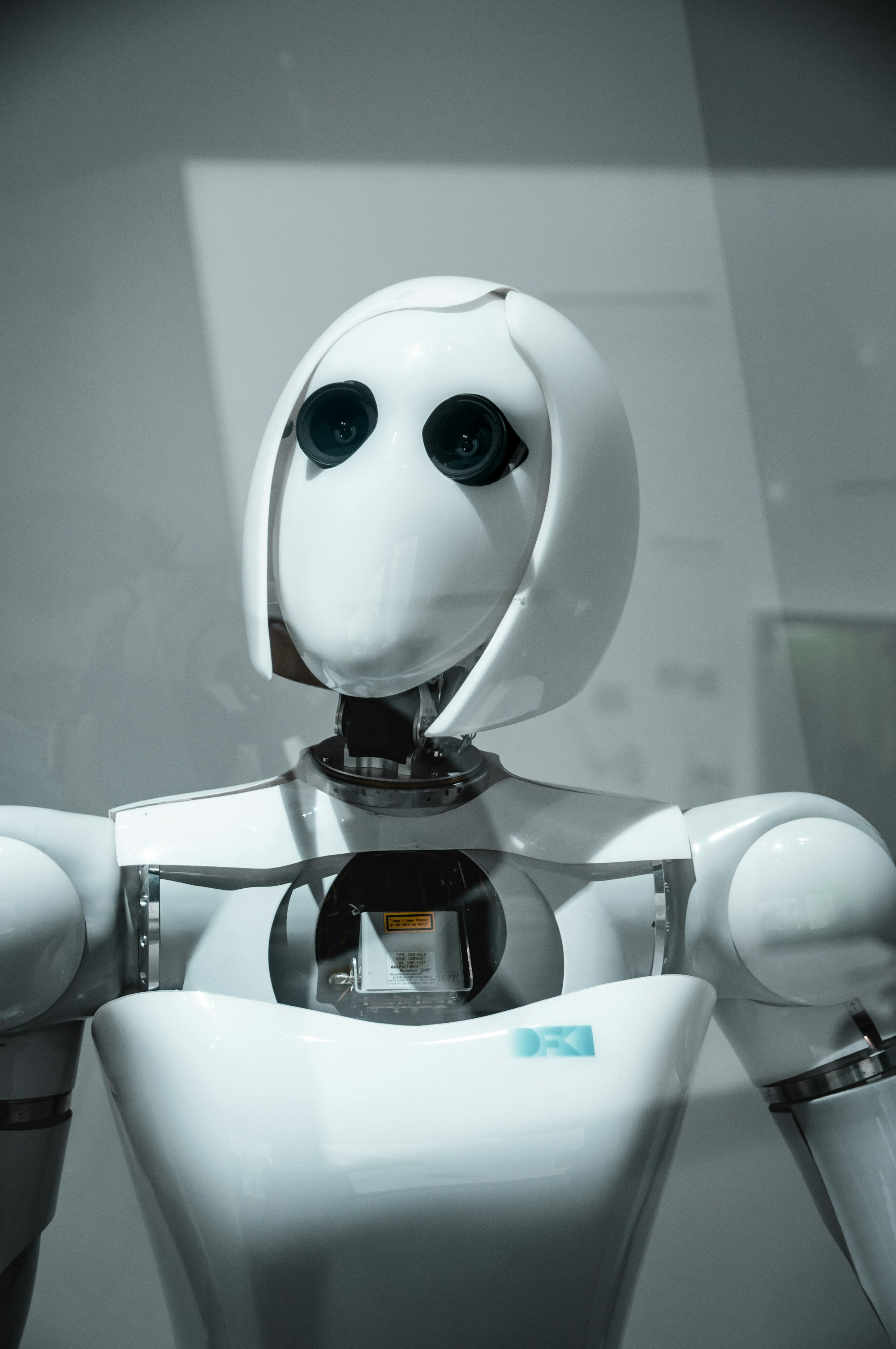Moore's law, describing the doubling of computers every 18 months, might be over, but photonic computers might give it a new lease of life as a new optical switch emerges as a possible solution.
Light is pretty quick — it can circumnavigate the globe seven times a second. If transistors communicated with each other via light rather than via electrical signals, imagine the implications.
Optoelectronics computers such as photonics use light rather than electricity to send signals from one transistor to another. In most integrated circuits, electricity travels at around five per cent of the speed of light, whereas photons, because of their very nature, travel at the speed of light. This presents the opportunity for a significant increase in computing power. Light signals can also vary in intensity, creating another advantage over an electrical signal for which the signal is either on or off.
If we use photonics, then maybe the size of a computer becomes less of an issue; computers are tightly packed so that the transistors can signal each other more rapidly. This confined space creates the problem of computer heating and limitations presented by the laws of physics; after-all silicon-based integrated circuits can't be smaller than an atom.

Use photonics, and the limitations are less, well limiting.
Researchers from IBM and the Skolkovo Institute of Science and Technology in Russia have been busy. Their researchers have harnessed a polymer that allows "for single-photon nonlinear operation at ambient conditions." They say, "This opens new horizons for practical implementations like sub-picosecond switching, amplification and all-optical logic at the fundamental quantum limit."
In other words, they have created an optical switch — a switch that could be 1,000 times faster than a conventional transistor, with the technology photon rather than electron-based.
Dr Anton Zasedatelev, researcher on the project, said: "What makes the new device, so energy-efficient is that it only takes a few photons to switch."
A news release published on Eureka states:
"The device relies on two lasers to set its state to "0" or "1" and to switch between them. A very weak control laser beam is used to turn another, brighter laser beam on or off. It only takes a few photons in the control beam, hence the device's high efficiency.
"The switching occurs inside a microcavity — a 35-nanometer thin organic semiconducting polymer sandwiched between highly reflective inorganic structures. The microcavity is built in such a way as to keep incoming light trapped inside for as long as possible to favour its coupling with the cavity's material."
For more detail, see 'New optical 'transistor' to speed up computation up to 1,000 times, at lowest switching energy possible' and for the paper published by the researchers, see Single-photon nonlinearity at room temperature
Returning to Moore's Law - these days, we depend on specialised chipsets to overcome the problem of integrated circuits limitations, which is why Nvidia has become such a valuable company in this space.
Today, of course, computers do things that twenty years ago seemed inconceivable. For example, we might never have developed Covid vaccines as quickly as we did without computing power. The fight against climate change requires a system that makes optimal usage of renewables overcoming problems caused by their intermittent energy source by smart technology; computing power is essential to this.
Of course, quantum computers provide one potential solution to the problem of Moore's Law, but quantum computers only have applications in limited areas and, in any case, need to operate at close to minus 273 degrees.
If photonics can hi the Moore's Law mark, then the implications are extraordinary.
We shouldn't be surprised. As Ray Kurzweil said, "What's not fully realised is that Moore's Law was not the first paradigm to bring exponential growth to computers. We had electromechanical calculators, relay-based computers, vacuum tubes, and transistors. Every time one paradigm ran out of steam, another took over."
Kurzweil's famous comment appears to be quite prophetic.







Related News
The AI revolution is here
Jan 25, 2023
The impossible conclusion about technology becoming less disruptive and why it is so dangerous
Jan 20, 2023
Tech bubble! Are you kidding?
Jan 06, 2023